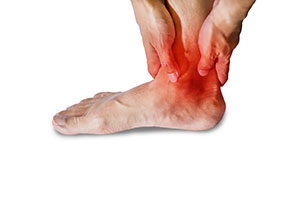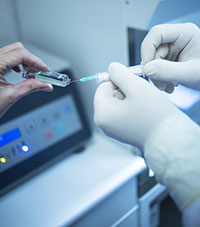- Home
- Foot & Ankle Conditions
- Arthritic Conditions
- Ankle Arthritis
Arthritic Conditions: Ankle Arthritis
What's ankle arthritis?
Ankle arthritis, a form of osteoarthritis, is a degenerative condition in which the cartilage and ligaments of the ankle joint wear thin and eventually break down.
Without cartilage to cushion and protect the bones from the friction of motion, bone fragments and spurs develop, causing joint pain and stiffness.
Ankle arthritis is a progressive degenerative disease, but getting treatment quickly can help preserve joint function and prevent permanent damage.
-
Foot and Ankle Surgeon at University Foot and Ankle Institute
Dr. Abimbola Johnson completed his undergraduate degree at Loyola University Chicago, where he played Division II rugby and was also involved in social justice clubs aimed at helping younger students prepare for college.
Upon graduation, he entered Scholl College of Podiatric Medicine, where he served as president of the practice management club and volunteered as coordinator at the Free Foot Clinic in Chicago. He served his residency at Regions Hospital/Health Partners in St. Paul.
Dr. Johnson provides comprehensive medical and surgical care for a wide spectrum of foot and ankle conditions, including common and complex disorders and injuries. The doctor is uniquely qualified to detect the early stages of disease that exhibit warning signs in the lower extremities, such as diabetes, arthritis, and cardiovascular disease.
Dr. Johnson can be seen at our Santa Barbara location
 Dr Bob is the best! Very conservative and makes sure all options done before jumping into a surgery....Jennifer S.
Dr Bob is the best! Very conservative and makes sure all options done before jumping into a surgery....Jennifer S. Overall, it was a great experience. I've been coming to Dr. Kellman for about a year and he and his staff are very helpful.Vanessa W.
Overall, it was a great experience. I've been coming to Dr. Kellman for about a year and he and his staff are very helpful.Vanessa W. ExcellentDebasish M.
ExcellentDebasish M. Everyone was friendly and professional.Victor L.
Everyone was friendly and professional.Victor L. Very efficient and an excellent serviceHorwitz J.
Very efficient and an excellent serviceHorwitz J. Chaos in the office checkin. We weren’t forewarned about the iPad data collection. That made me late for a following appointmen...Carl C.
Chaos in the office checkin. We weren’t forewarned about the iPad data collection. That made me late for a following appointmen...Carl C. Dr Nalbandian is an exceptional doctor and person. The staff respectfully & compently delt with an issue I had regarding a prev...Karen M.
Dr Nalbandian is an exceptional doctor and person. The staff respectfully & compently delt with an issue I had regarding a prev...Karen M. First Let me start by saying that Dr. Bob Baravarian is a master at what he does. I had suffered with bunions, hammer toes and ...Stephanie S.
First Let me start by saying that Dr. Bob Baravarian is a master at what he does. I had suffered with bunions, hammer toes and ...Stephanie S. From the staff to the surgeon this place is superb. Can’t talk enough how perfect my feet are and how fast the recovery is. I h...Baby C.
From the staff to the surgeon this place is superb. Can’t talk enough how perfect my feet are and how fast the recovery is. I h...Baby C. Visiting the office is a pleasurable occurance.Thomas J.
Visiting the office is a pleasurable occurance.Thomas J. Dr Kelman and his staff are always wonderfully caring and respectful to my father who has Alzheimer's dementia.Erland E.
Dr Kelman and his staff are always wonderfully caring and respectful to my father who has Alzheimer's dementia.Erland E. Thank you for being there for your patients.Dieter B.
Thank you for being there for your patients.Dieter B.
-
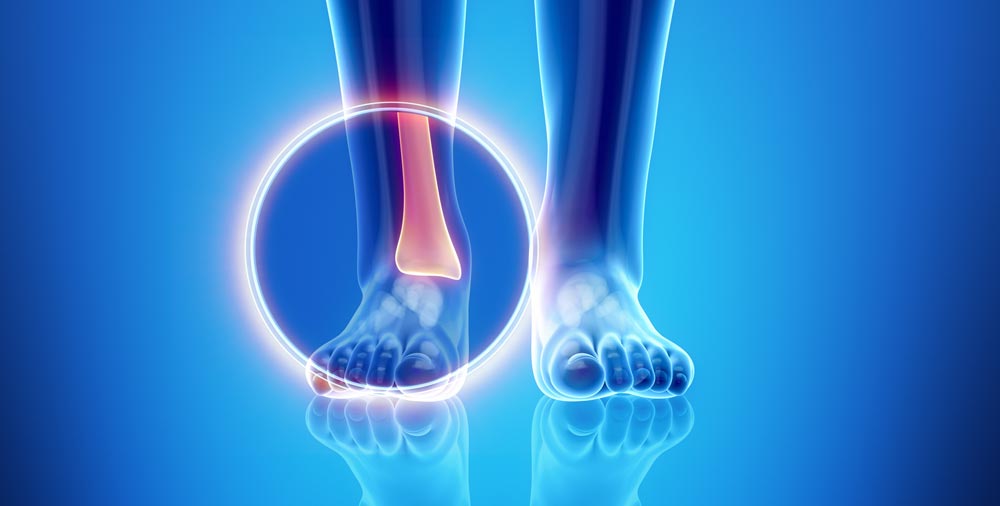 Listen Now
Yes, Humans Can Regrow Cartilage! (new study)
Read More
Listen Now
Yes, Humans Can Regrow Cartilage! (new study)
Read More
-
 Listen Now
Dr.'s Most Interesting Cases: the Heel that wouldn't Heal!
Read More
Listen Now
Dr.'s Most Interesting Cases: the Heel that wouldn't Heal!
Read More
-
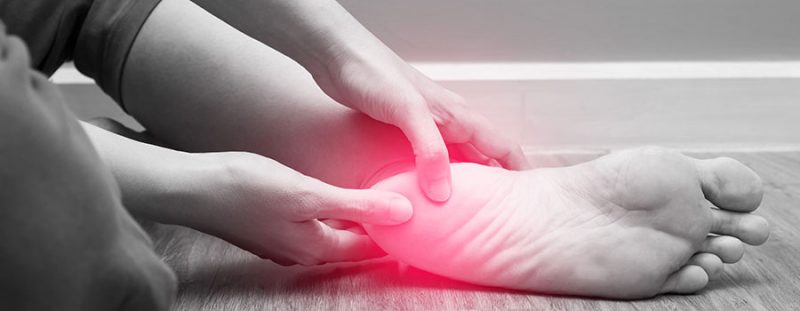 Listen Now
7 Causes of Inner Ankle Pain Revealed!
Read More
Listen Now
7 Causes of Inner Ankle Pain Revealed!
Read More
-
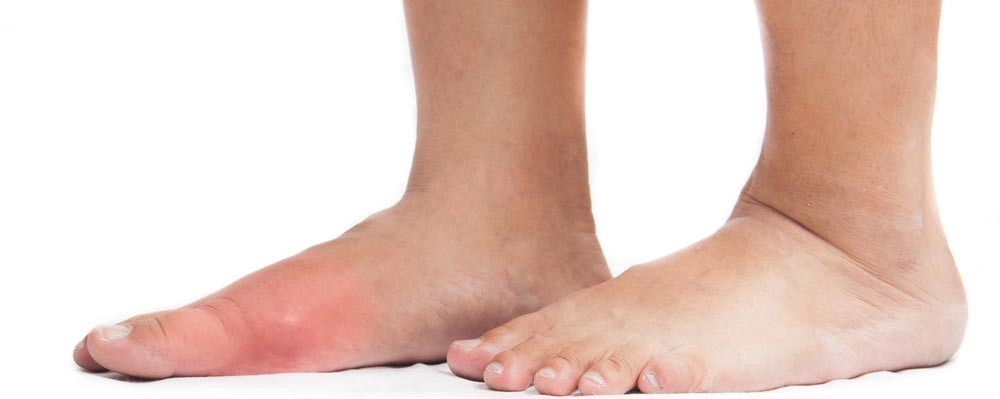 Listen Now
Got Big Toe Bumps and Lumps? Here’s 5 Things You Need to Know
Read More
Listen Now
Got Big Toe Bumps and Lumps? Here’s 5 Things You Need to Know
Read More
-
 How to Apply for Social Security Disability with Arthritis
Read More
How to Apply for Social Security Disability with Arthritis
Read More
-
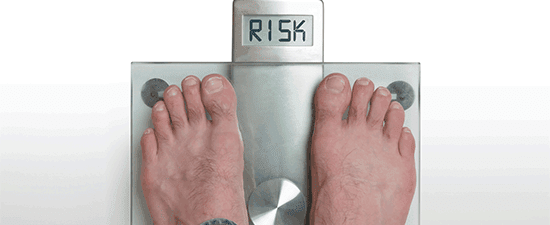 Listen Now
How Carrying Extra Weight Affects Your Feet and Ankles
Read More
Listen Now
How Carrying Extra Weight Affects Your Feet and Ankles
Read More
-
 When the Cartiva Big Toe Joint Implant Fails
Read More
When the Cartiva Big Toe Joint Implant Fails
Read More
-
 Listen Now
Bunions vs. Big Toe Arthritis, What's the Difference?
Read More
Listen Now
Bunions vs. Big Toe Arthritis, What's the Difference?
Read More
-
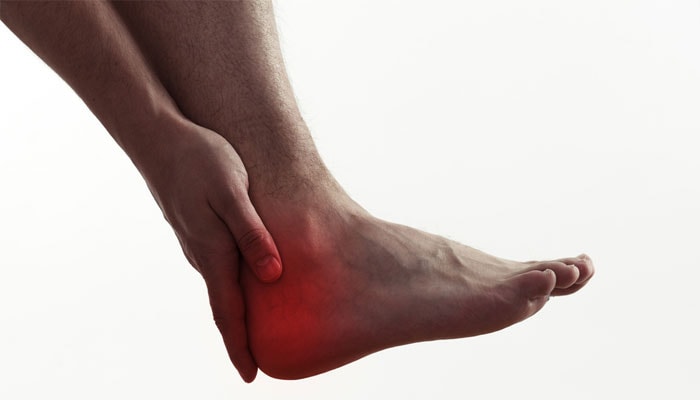 Listen Now
Curing the Painful Grind of Foot and Ankle Arthritis (Osteoarthritis)
Read More
Listen Now
Curing the Painful Grind of Foot and Ankle Arthritis (Osteoarthritis)
Read More
-
 Listen Now
Is there a link between gout and heart disease? Studies Say Yes
Read More
Listen Now
Is there a link between gout and heart disease? Studies Say Yes
Read More
